
The greatest show on Earth. I am sure that when I have heard this term used in the past it was regarding Mobile World Congress. Surely the conference that brings together all the big names in the mobile space is the greatest show on Earth? For us it may well be and day 0 and day one have shown us why.
Let’s not forget about day 0, the media day where nearly all the big announcements are made. We had four lucky Ausdroiders on the floor for the first two days of action and yet they are all still exhausted physically and mentally.
Let’s get into it and start with media day:
It was unclear how many steps our weary reporters logged on the first media day but the dedicated MWC 2018 Telegram channel we set up was buzzing with activity and general directions. Military precision was required and luckily no missteps were taken and they managed to get to everything asked of them.
Alcatel
First cab off the rank was Alcatel and they came out with guns blazing. With an impressive new design base Alcatel announced three new phones and two new tablets.
The three phones are the 1x, the 3V and the 5. The 1x was the first Android Go phone announced at MWC, just as Hiroshi suggested would happen. It has low end specs but unlike so many low end phones before it, it WILL see updates, both security and platform versions due to the nature of Android Go. At less than $100 it most definitely is a low end phone but it does pack an 18:9 aspect ratio display and one or two GB of RAM. Android Go gives it Android 8.1 Oreo out of the box — how many sub-$100 devices have you seen with the current version of Android running on it upon release?
The Alcatel 3V get a bump in specs from the 1x with a dual rear camera and a 5MP front camera. With a 6 inch 18:9 aspect ratio FHD display it packs a punch considering it comes in at $199AU running Oreo at release.
The Alcatel 5 is their “affordable flagship”. While it runs a Mediatek processor it has some half-decent specs. The 5.7 inch display is matched with a single rear camera and a dual front facing camera setup and the RAM versions are two and three GB (but their on-board storage options are severely lacking). At under $300 when it lands here it seems to be a decent enough phone for that price. For some reason their main event only runs Nougat at release.
The two tablets Alcatel released were the 1T-7 and the 1T-10. Both are entry-level tablets with low specs but if all you are looking for is a decent ebook reader they could be an option — the Android tablet options are very bereft at the moment. Running Oreo at release it is unclear if they will ever make it Downunder.
LG
LG felt the Samsung heat, and after some lacklustre sales in recent years decided to not release an entire new phone at MWC and instead focus on a slight bump in specs of their current flagship and the new AI software embedded within it.
The LG V30S ThinQ reveal took everyone by surprise, including LG with it showing up online well before their press conference. The V30S ThinQ is a slightly upgraded V30 with some added AI software, signified by the ThinQ moniker.
The V30S ThinQ also comes in a V30S+ variant. Both are still powered by a Snapdragon 835, have a 6 inch 18:9 display with a 2k resolution. The RAM is now bumped to 6GB while the dual rear camera remains the 16MP/13MP widescreen combination. The V30S will have 128GB of on-board storage while the V30S+ will have 256GB.
The new software can be placed under three headings. One for LG’s version of Google Lens (which in itself is a surprising development considering we are seeing Google Lens arrive on non-Google-branded devices in recent days). Another for a camera mode that increases the brightness of low light images by a factor of two. The last one is for a functionality within the camera app similar to Huawei’s camera app where camera settings are decided by the app’s AI software by determining what object is being photographed and acting accordingly.
LG are also adding in some of their own voice commands that work within Google Assistant to allow the user to navigate the phone’s settings using voice commands — I like this one.
A very small offering by LG but after cancelling the release of their next flagship they really had to bring something or risk being out of sight, out of mind.
Nokia
In my opinion Nokia were the big winners so far, aside from the ever-present Samsung behemoth. They introduced a heap of new phones along with some fantastic software changes.
Firstly they introduced another retro feature phone, the good old banana phone- the 8110. This time the retro phone is 4G off the bat but we are unsure whether it will land here in Australia. We suspect it will but only in a limited number.
The other phones they announced were possibly overshadowed by the software they were running. From now on, no Nokia software will run Nokia’s version of Android. They will run either Android Go or Android One, depending on the market segment they are aimed at.
The entry-level Nokia 1 is their first Android Go phone with specs to match those that Android Go was designed for. Given it’s low spec levels you would expect it to not run very well but such is the nature of Android Go it is expected to still give a decent Android experience. With Oreo onboard and the promise of future security updates from Google themselves this is a steal at $149AU.
Nokia then took their best seller for 2017, the Nokia 6, and made it even better. The styling is more fun thanks to two-tone anodisation. The processor gets a decent bump to the Snapdragon 630 and when combined with Google’s Android One platform promises to be 60% faster than the Nokia 6 circa 2017.
Nokia then introduced my pick of the litter, the Nokia 7 Plus. The new 18:9 display ratio phone with a 6 inch FHD display and a two day battery life promises to be a great device. It will have Nokia’s usual Zeiss optics in the dual rear camera and the front camera at 16MP will be great for their “Bothies”. Running Android One you know it will always be up to date with both security patches and Android version numbers. Landing in Australia at a RRP of $749 it sits very comfortably alongside the other great mid-range phones we have here in Australia.
Nokia’s last phone announcement was for the Nokia 8 Sirocco. It is their high-end flagship with a price to match. Although it packs last year’s Snapdragon 835, the 6GB of RAM and 128GB of onboard storage powering the Android One software should result in a great user experience. The display is a 5.5 inch 2K pOLED display and it will have an IP67 rating and Qi charging technology. It will be hitting our shores at $1199AU in May.
Samsung
The lead up to MWC 2018 was all about the Samsung Galaxy S9 phone and how Samsung will attempt to continue to dominate the Android landscape. There were very few surprises by the time Samsung announced the Galaxy S9 and the Galaxy S9+. The Galaxy S9 phones were incremental bumps over the Galaxy S8 phones but they did fix a few minor things that many considered to be issues with the Galaxy S8 phones last year but considering how good they were not many changes really needed to be made.
Samsung moved the fingerprint sensor so that it could finally be easily reached without smudging the camera while spending what seemed like a lifetime searching for the fingerprint sensor. The processor will be either Samsung’s greatest Exynos or the new Qualcomm Snapdragon 845, combined with either 4 or 6GB of RAM> Both phones will come in 64GB, 128GB and 256GB variants.
Samsung are attempting to take back the mantle of the best Android smartphone camera back from Google this year and they have put a lot of focus onto the camera hardware and software integration to do that. The cameras differ in the Galaxy S9 and the S9+. One has a single camera with variable aperture size and the other a dual camera setup. It will be interesting to see which wins out in the camera shootout and how well they will compare to the Pixel 2 photos.
Arriving in Midnight Black, Coral Blue, Lilac Purple and Titanium Grey it will range in price from $1199 to $1499 depending on the variant you choose. There are also many carrier deals you could take advantage of should you prefer that path.
ZTE
The disappearance of so many of the usual smartphone players has allowed others to come out and shine: ZTE was one of them. Launching the Blade V9 and the Android Go-toting Tempo Go ZTE made a definite splash.
The Blade V9 is ZTE’s entry to mid level phone — we really need a new phone category, or someone needs to define them better. It will sport an 18:9 aspect ratio FHD+ display, a Snapdragon 450 and comes in 3GB/32GB and 4GB/64GB variants.
A dual rear facing camera setup promises to produce some decent photos when combined with the onboard software allowing editing of bokeh-effect photos with some post-processing.
The phone is a great looking phone thanks to ZTE’s Aurora Glass with the reflective patterns giving a premium appearance and at a price of €299 for the 4GB version it promises to be a great addition to the ZTE lineup.
ZTE’s Android Go phone, the Tempo Go is exactly what you would expect from an Android Go phone: entry-level specs pushing a very light version of Android that will always be running the latest security patches and the latest Android version at a very fast pace. At around $100AU this phone should do well with those who just want a basic phone with basic functionality.
ZTE hope to continue to grow in Australia and will be focusing on carrier partnerships to enable that to happen. Expect to see their devices on the shelves of your local carriers very soon.
Energizer
Living up to their name Energizer announced a phone with a 16000mAh battery: the Energizer Power Max P16K. With a 5.99 inch 18:9 FHD display, 6GB of RAM and 128GB of onboard storage it should not be dismissed out of hand. It is unclear if it will ever arrive here but at a mid-range price (~$700AU) there would surely be some takers for a phone that should have a battery life of quite a few days.
Huawei
I like Huawei and I do so because they seem to be incredibly focused on their path and know exactly what they are doing. They skipped releasing their new flagship at MWC instead opting for Paris in a few weeks time but they did come with some great products.
Huawei arrived with an impressive-looking update to their MateBook, the MateBook X Pro. The MateBook X Pro has such a small bezel that the screen-to-body ratio is an unheard of 91%. The specs are all high end and include a 3K touch-enabled display and a host of ports. Let’s not forget about their solution to the front facing camera placement: underneath a popup key on the keyboard. Innovative and impressive.
We are unsure if it will arrive here but after seeing it’s predecessor in China last year I have no doubt it could be successful in whatever market Huawei launch it into.
Huawei also introduced the MediaPad M5 series of tablets. Unlike many of their tablets in the past these have high end specs: Kirin 960 processors, 4GB of RAM, 2K displays, USB-C ports and all running Android Oreo. The tablets come in an 8.4inch and a 10.4 inch variant as well as the 10.4 inch coming in a Pro variant which when combined with the foldable keyboard cover launches into a desktop OS similar to that for the Mate 10.
We do expect these tabletes to make it here to Australia but are yet to have this confirmed. I hope they do as I may have just found my Nexus 9 replacement.
Sony
Sony have finally updated their tired design and have brought a device to market that screams “buy me” when you lay your eyes upon it. Sony have always made great looking phones but they seemingly missed the shrink-your-bezels memo and their sales suffered.
With the Xperia XZ2 and XZ2 Compact they are finally shrinking their bezels and including 18:9 aspect ratio displays as well as some other decent specs. Both phones will sport Qualcomm’s latest and greatest processor, the Snapdragon 845, 4GB of RAM and 64GB of on-board storage. The XZ2 will sport a FHD 5.7 inch display while the XZ2 Compact will arrive with a 5.0 inch FHD display.
The cameras will be single rear facing cameras but we have seen Google excel with a single rear camera so it will be interesting to see how Sony fare with it.
Both phones will run Android 8.0 out of the box and come in a range of colours along with a range of accessories including a stylish looking wireless charging stand and a USB-C-to-3.5mm adapter plug with a pass-through USB-C connector.
We do not have any local availability information at this stage but with the phones launching globally in March we expect it to arrive any day now.
And so concludes Day 0 and Day 1
After scuttling all over the place to make all the announcements, the intrepid Ausdroid reporters clocked up well over 20,000 steps negotiating the halls of MWC looking for any interesting tidbits (and collecting souvenirs along the way) to share with us. Expect this single-minded focus to continue in the next couple of days.
I expect about now they will be tucking into a decent helping of jambon and Sangria before hitting the hay to do it all over again tomorrow. Stay tuned to Ausdroid where we will keeping bringing you the latest from the floor of MWC 2018 in Barcelona as well as the local announcement information as it comes to hand.
What was your highlight of the first two days? For me it was Nokia and their software announcements. Let us know in the comments below your thoughts on MWC 2018 so far.

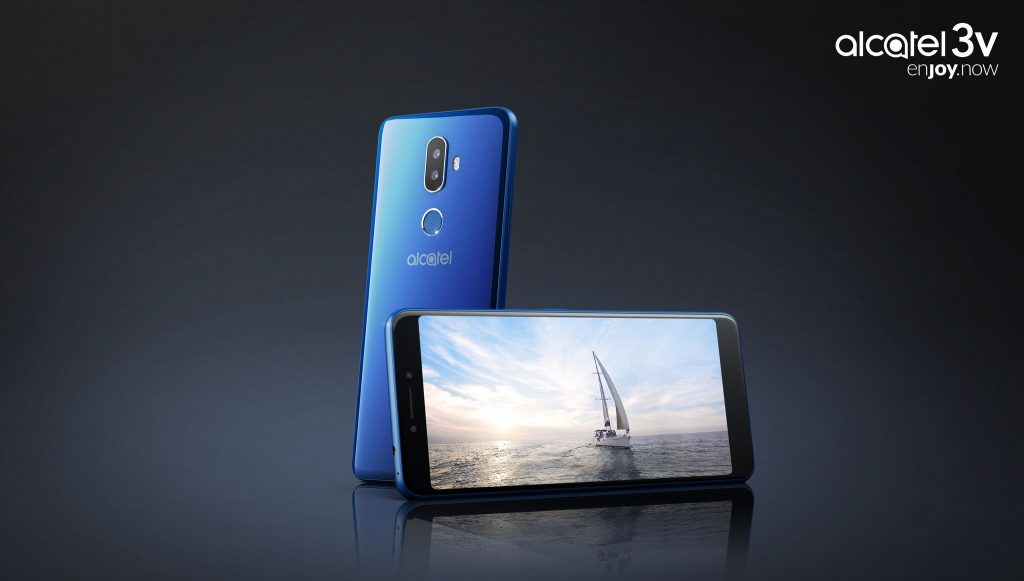

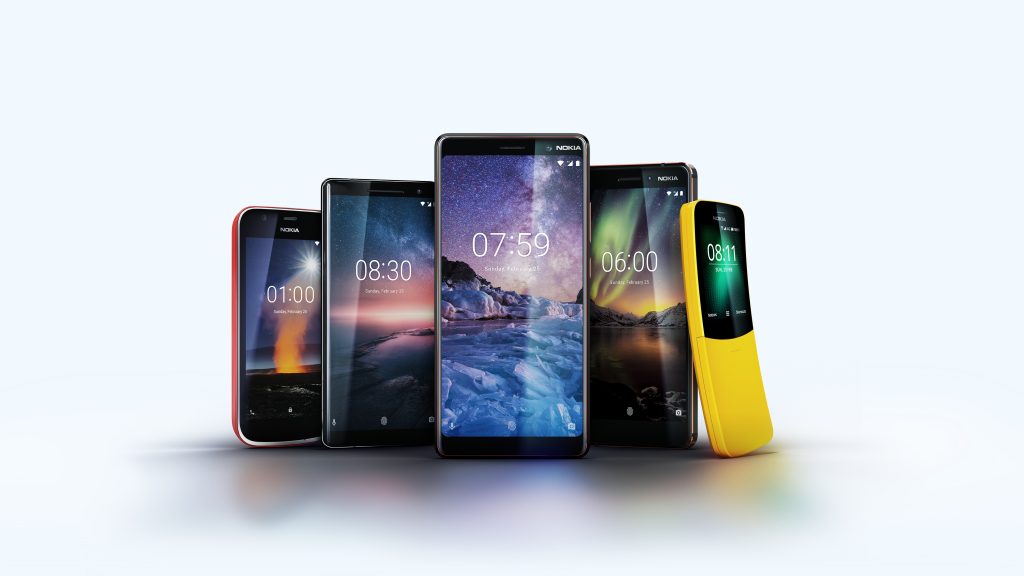
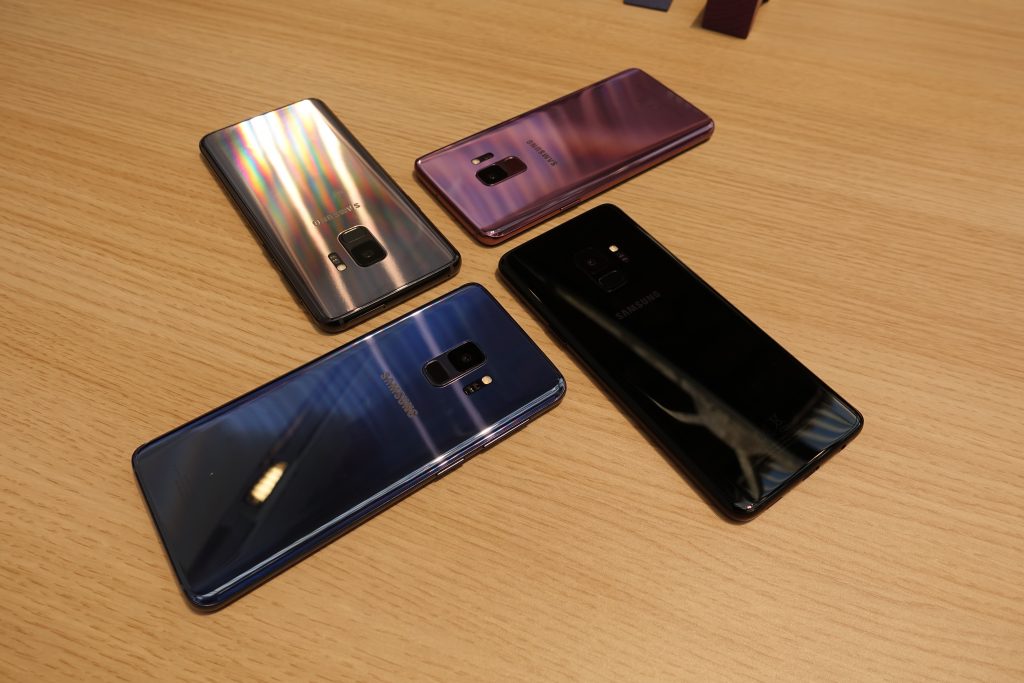

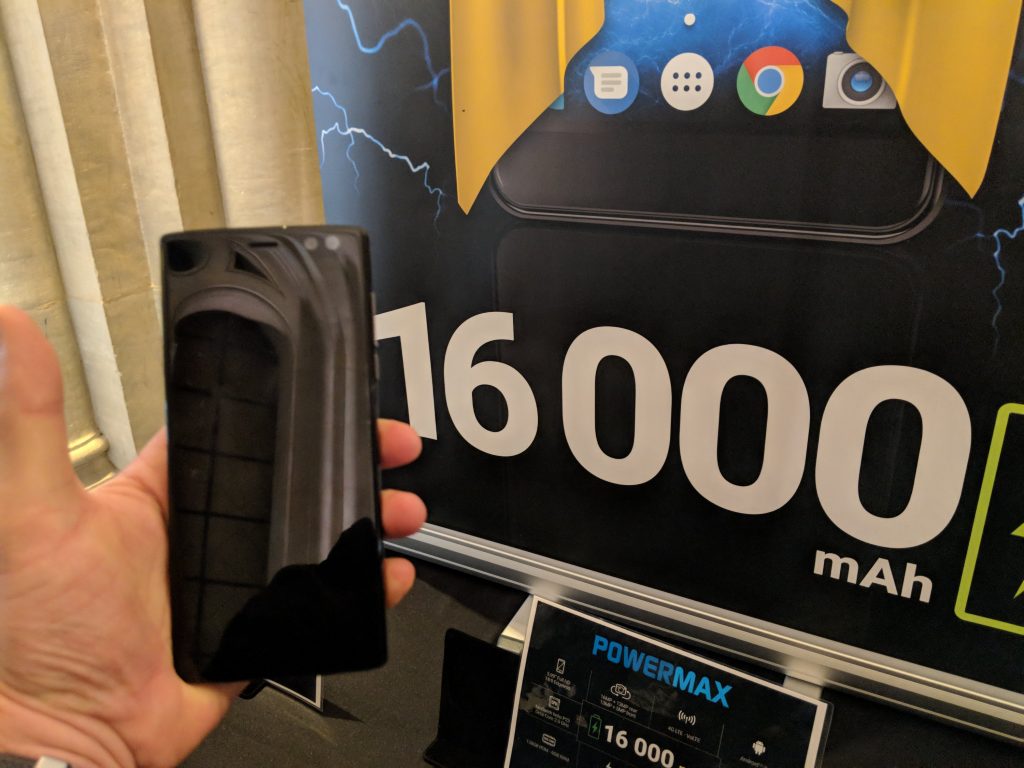
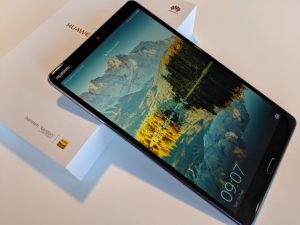
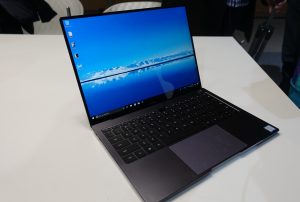




Nice summary, Scott, thanks. Keep up the good work!